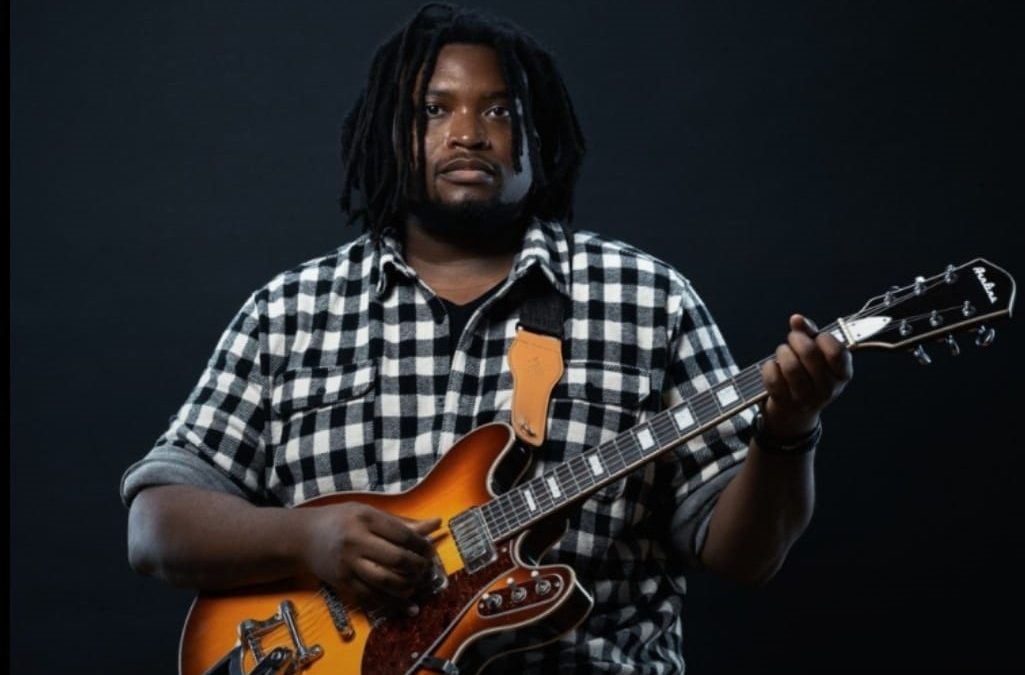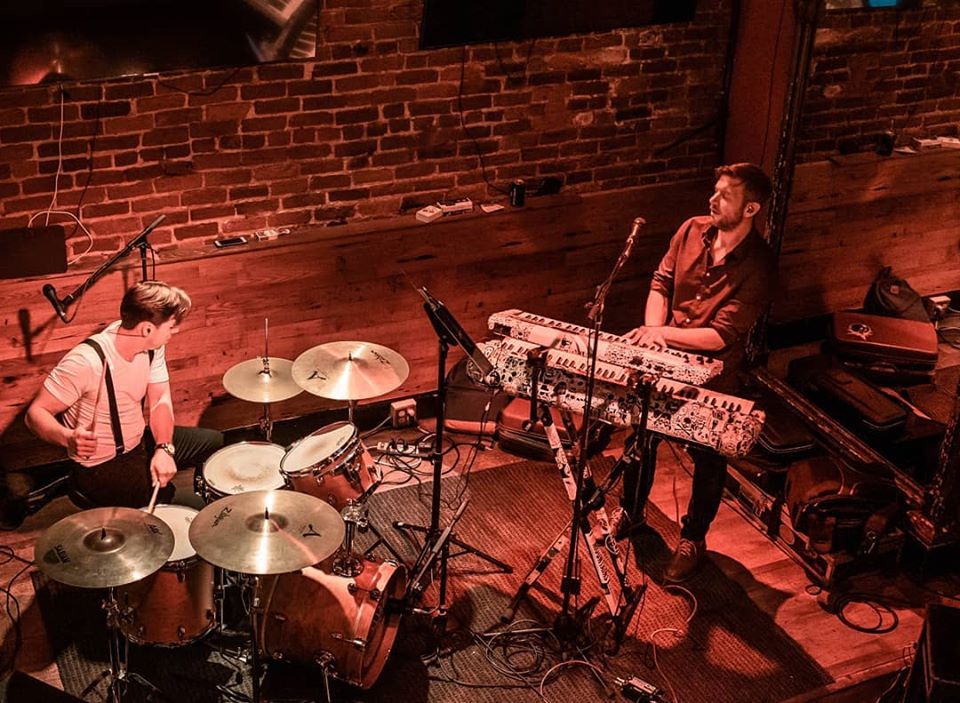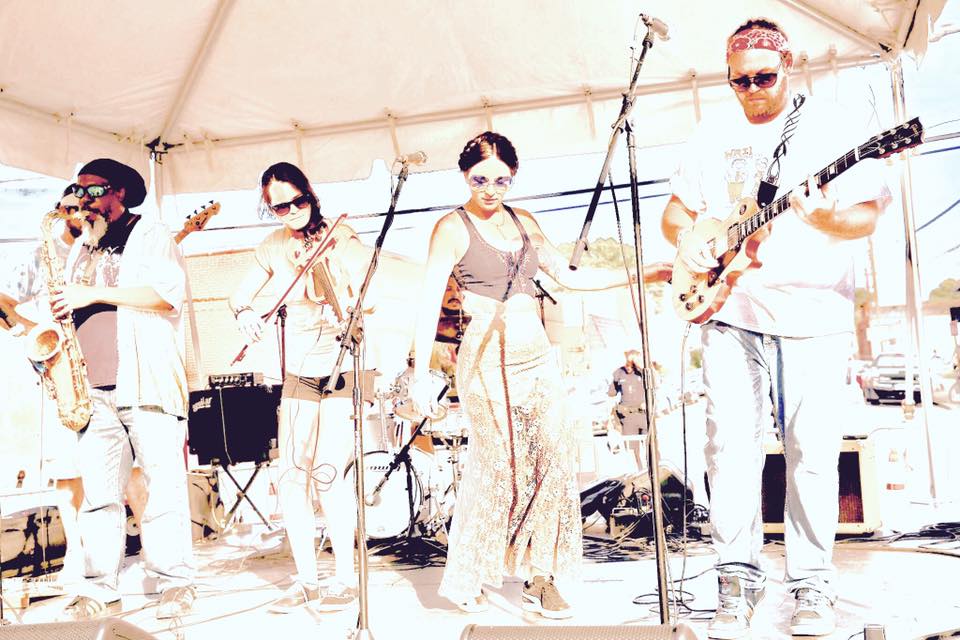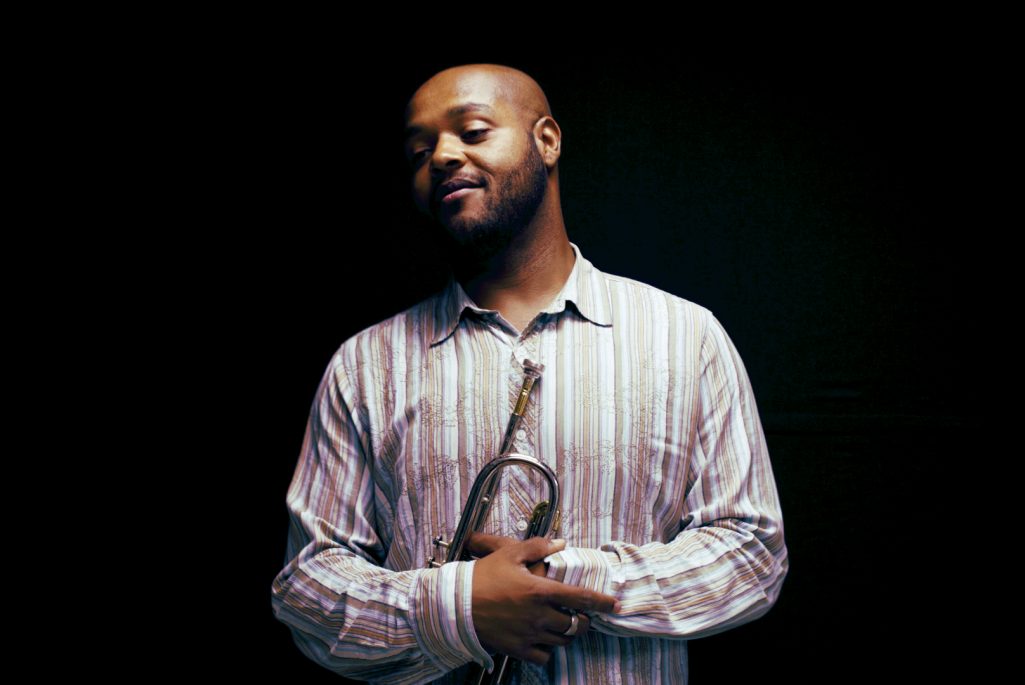Justin Golden has been a mainstay in the Richmond music scene for years now; his strong guitar chops and blues fundamentals made him RVA's best-kept secret for quite a while. But his debut record, Hard Times And A Woman, is starting to make waves outside the city....





